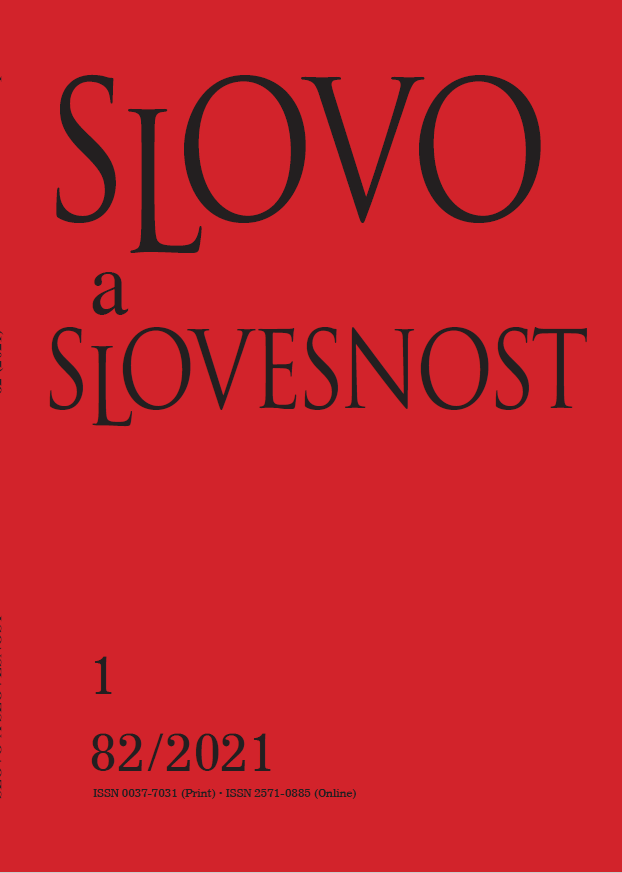The nominal uses of the Russian rod (‘genus’, ‘genre’, ‘kind’) and tip (‘type’): the starting point of desemanticization
The nominal uses of the Russian rod (‘genus’, ‘genre’, ‘kind’) and tip (‘type’): the starting point of desemanticization
Author(s): Alena KolyasevaSubject(s): Eastern Slavic Languages
Published by: AV ČR - Akademie věd České republiky - Ústav pro jazyk český
Keywords: type nouns (taxonomic nouns); Russian; grammaticalization; pragmaticalization; tip; rod
Summary/Abstract: Against the background of crosslinguistic research on the grammaticalization of type nouns in Germanic and Romance languages, this article examines nominal constructions with the Russian rod (‘genus’, ‘genre’, ‘kind’) and tip (‘type’). The study proposes a comprehensive typology of constructions based on their functional-structural properties and semantic characteristics. Generalization of meaning, decrease in semantic substance and compositionality, pragmaticalization and lexicalization concern mainly constructions with rod. Rod is argued to be overall more advanced on the path of desemanticization, conceivably because tip is a relatively recent borrowing and features a more specific meaning. While tip retains its taxonomic meaning in most contexts, constructions with rod are shown to fulfil more diverse functions and to be used predominantly for the purposes of hedging, textual cohesion (anaphoric reference) and indication of variety and quantification.
Journal: Slovo a slovesnost
- Issue Year: 82/2021
- Issue No: 1
- Page Range: 3-44
- Page Count: 42
- Language: English

